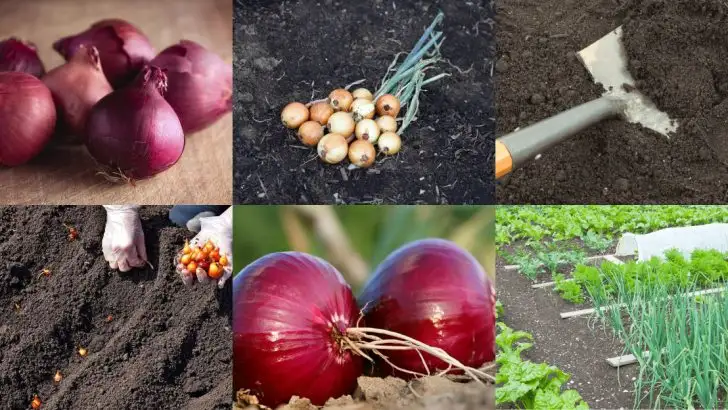That bag of red onions sitting in your kitchen? It holds a secret.
With the right know-how, you can turn those store-bought bulbs into a never-ending supply of fresh, homegrown goodness.
No need for fancy seeds or complicated gardening tricks—just a little patience, the right setup, and a few simple steps to get those onions sprouting. The best part?
You’ll never have to make a last-minute grocery run for onions again.
Growing red onions at home isn’t just easy; it’s strangely satisfying. Watching them go from a forgotten bulb to a crisp, flavorful harvest feels like a small victory every time.
So, grab those onions, roll up your sleeves, and let’s turn your kitchen scraps into a thriving garden
Choosing the Right Bulb

Selecting the perfect onion is the first step in your home-growing journey. Look for firm, unblemished bulbs with a papery skin.
Avoid those with soft spots or sprouting greens, as these might not thrive. Once you’ve picked the right candidates, store them in a cool, dry place until you’re ready to plant.
Consider the size; medium bulbs often strike a balance between growth potential and ease of handling. This initial choice sets the foundation for a successful harvest.
Aim to choose bulbs that are vibrant in color, a sign of freshness and vitality.
Pre-sprouting Preparation
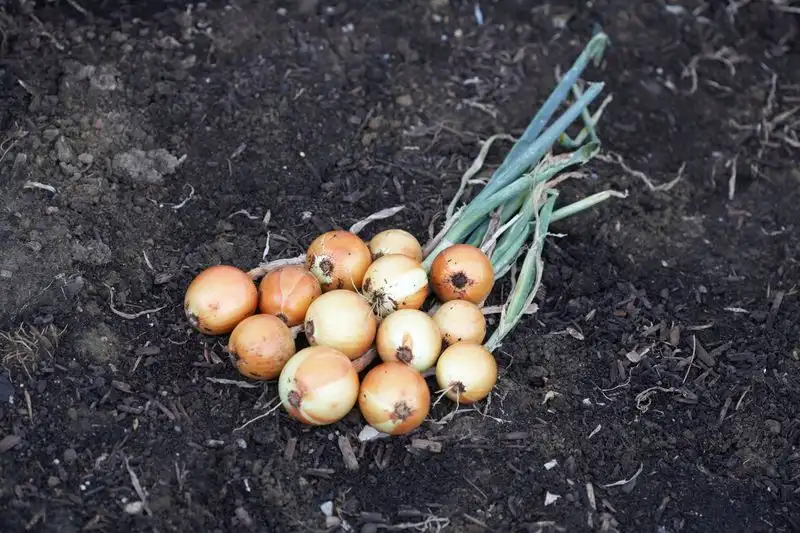
Before planting, encourage your onions to sprout by placing them in a shallow dish of water. This step jumpstarts root development, making the transition to soil smoother.
Position the bulbs with the root end down in the water, ensuring only a small portion is submerged. Within a few days, you should notice tiny roots beginning to form.
This pre-sprouting phase is crucial, especially if you’re working in cooler climates where soil might be slow to warm up. It’s a simple yet effective way to give your onions a head start, boosting their chances of thriving.
Soil Selection and Preparation
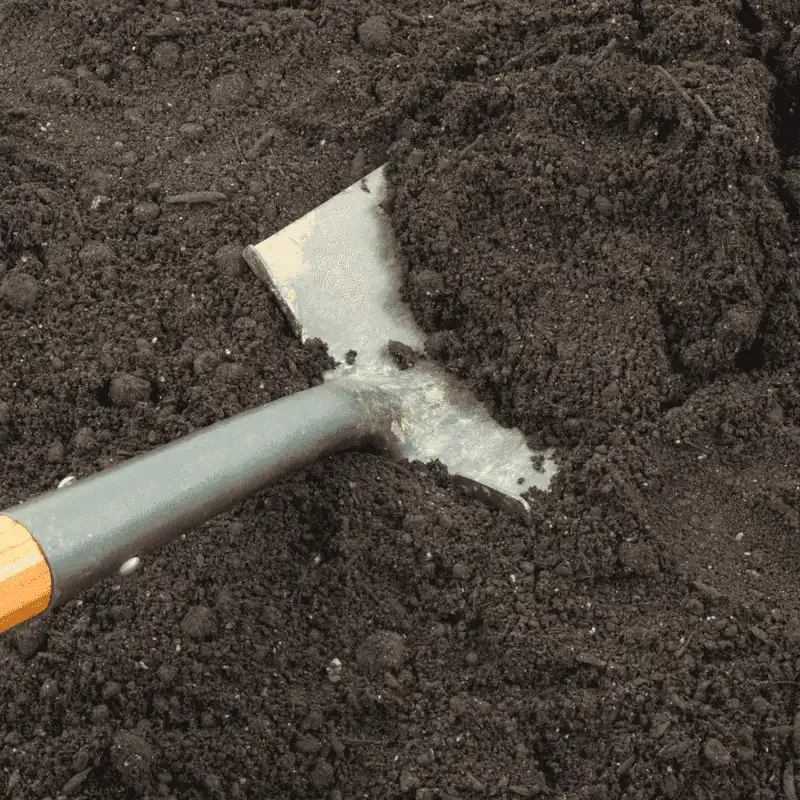
The quality of your soil can significantly impact the growth of red onions. Aim for a loamy, well-draining mix rich in organic matter.
Add compost to enrich the soil, enhancing its nutrient content. Before planting, loosen the soil to allow for proper root expansion.
This preparation ensures that your onions have the ideal environment to take root and grow robustly. Pay attention to pH levels; onions prefer slightly acidic to neutral soil, around 6.
0 to 7. 0.
By investing time in soil preparation, you’re setting the stage for a healthy, productive crop.
Planting Depth and Spacing
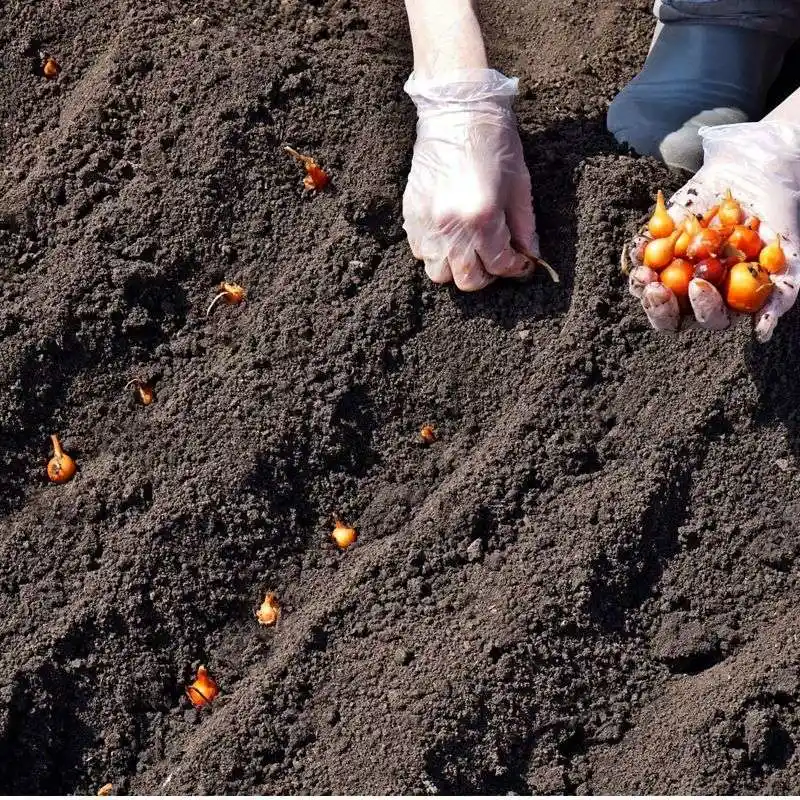
Proper planting depth and spacing are critical for healthy onion development. Plant each bulb about one inch deep, with the root side down.
Space them four to six inches apart to allow ample room for growth. This spacing minimizes competition for nutrients and sunlight, fostering a more vigorous crop.
Overcrowding can lead to smaller bulbs and increased susceptibility to disease. Adjust spacing based on your garden’s layout and the size of the bulbs.
By adhering to these guidelines, you’ll promote a healthy growing environment, ensuring that each onion has the space it needs to flourish.
Watering Techniques
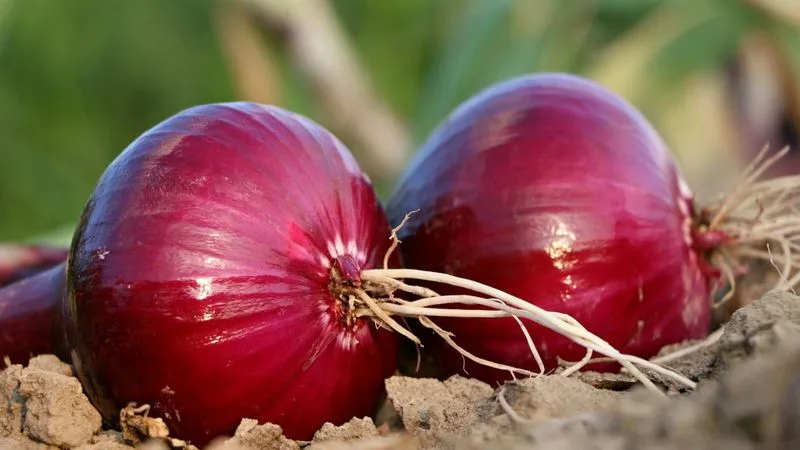
Watering is a balancing act that can determine the success of your onion harvest. Provide consistent moisture, but avoid waterlogging, which can lead to rot.
Onions require about an inch of water per week, adjusting for rainfall. Water deeply rather than frequently to encourage roots to grow deeper into the soil.
This approach helps onions withstand dry spells more effectively. It’s essential to monitor soil moisture regularly, especially during dry periods.
By mastering your watering technique, you ensure that your onions develop the right flavor and texture, ultimately leading to a more satisfying harvest.
Sunlight Requirements
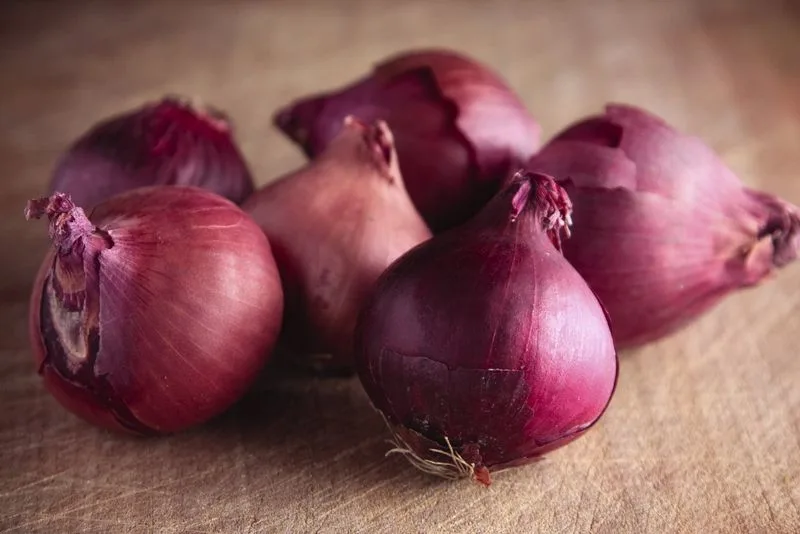
Red onions crave sunlight, needing at least six hours of direct sun daily to develop properly. This exposure enables them to photosynthesize efficiently, crucial for energy production and bulb development.
Position your onions in the sunniest part of your garden or balcony. In case of limited sunlight, consider using reflective materials to maximize light exposure.
Remember, insufficient sunlight can lead to smaller, less flavorful onions. Tracking the sun’s path and adjusting plant positioning throughout the growing season can make a significant difference.
Letting light guide your planting decisions ensures robust and tasty onions.
Fertilization Strategies
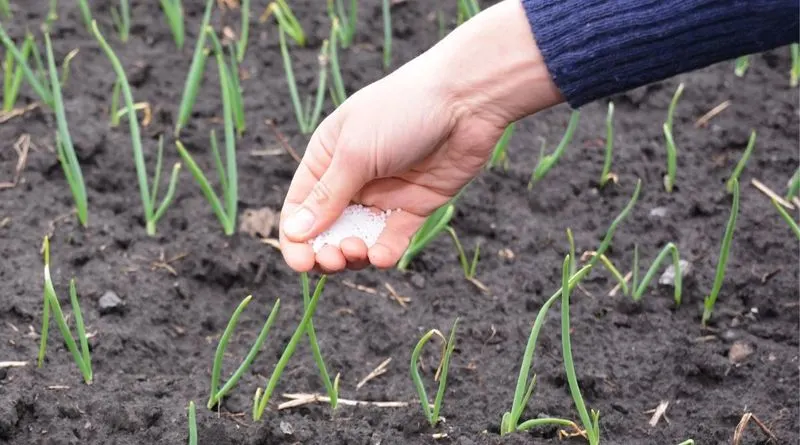
Proper nutrition is vital for growing healthy onions. Use a balanced fertilizer rich in nitrogen early in the growing season to support leaf growth.
As bulbs develop, switch to a fertilizer higher in phosphorus and potassium to encourage bulb formation. Organic options like bone meal or compost can enrich the soil naturally.
Fertilize sparingly but consistently, following package instructions to avoid over-fertilization, which can harm plants. Regular soil testing can guide your fertilization schedule, ensuring your onions receive the nutrients they need at each growth stage.
This targeted approach enhances growth and yield.
Companion Planting Benefits
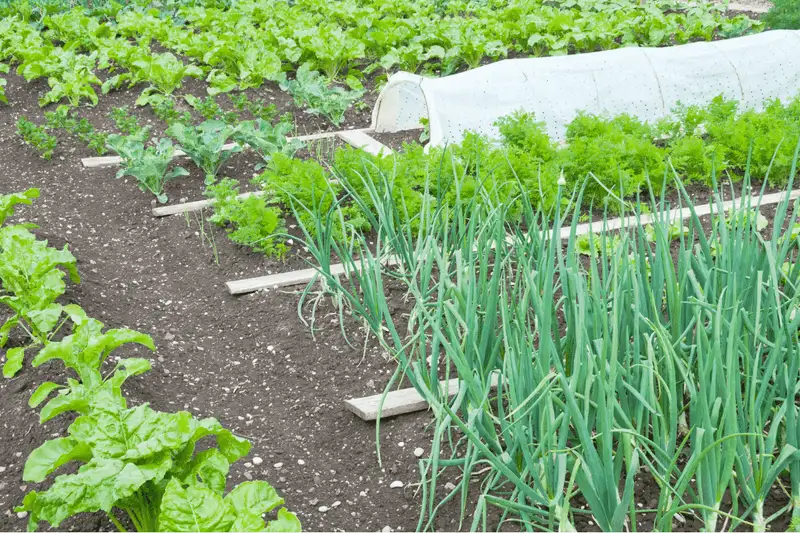
Planting onions alongside companion plants can boost their growth and deter pests. Onions thrive when paired with carrots, lettuce, or beets, which help repel insects.
This symbiotic relationship not only protects your onions but also optimizes garden space. Avoid planting onions near peas or beans, as they can stunt growth.
Companion planting fosters a balanced garden ecosystem, naturally supporting plant health and productivity. By strategically pairing your onions with beneficial neighbors, you create a thriving garden environment.
This method highlights the importance of plant relationships in achieving a successful harvest.
Pest Management
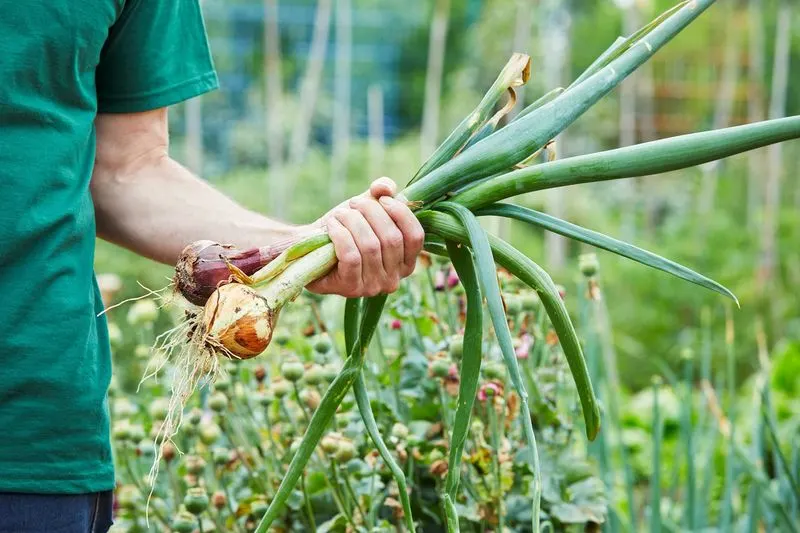
Pest control is essential to protect your onions from common threats such as onion maggots and aphids. Utilize natural methods like neem oil or insecticidal soap to keep pests at bay.
Introducing beneficial insects like ladybugs can also help manage aphid populations. Regularly inspect your plants for signs of infestation, as early detection is key.
Rotating crops yearly can prevent recurring pest problems. Employing these organic strategies ensures your onions grow healthy without harmful chemicals.
By focusing on prevention and natural solutions, you maintain a safe and productive garden environment.
Seasonal Considerations
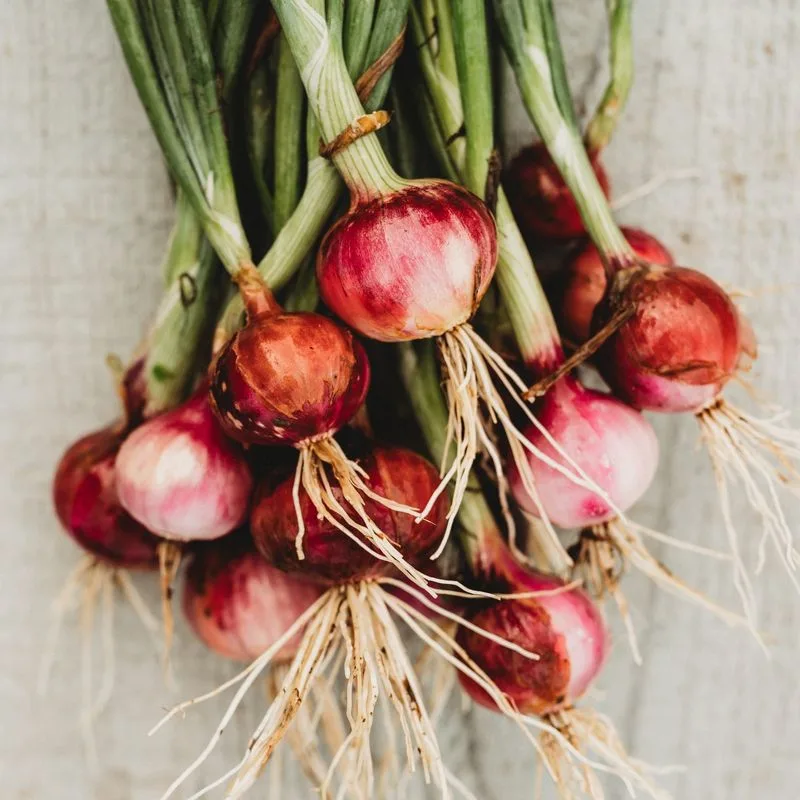
Understanding the seasonal needs of onions can enhance their growth. Plant in early spring as soon as the soil can be worked, or in fall where winters are mild.
Onions are biennials that prefer cooler temperatures initially, making timing crucial. As onions mature, they require warmth to develop fully.
Adjust care routines with seasonal changes, such as modifying watering schedules or providing shade during heatwaves. Being attuned to seasonal shifts allows you to adapt your approach, ensuring that your onions reach their full potential.
Effective seasonal planning leads to a bountiful harvest.
Harvesting Techniques
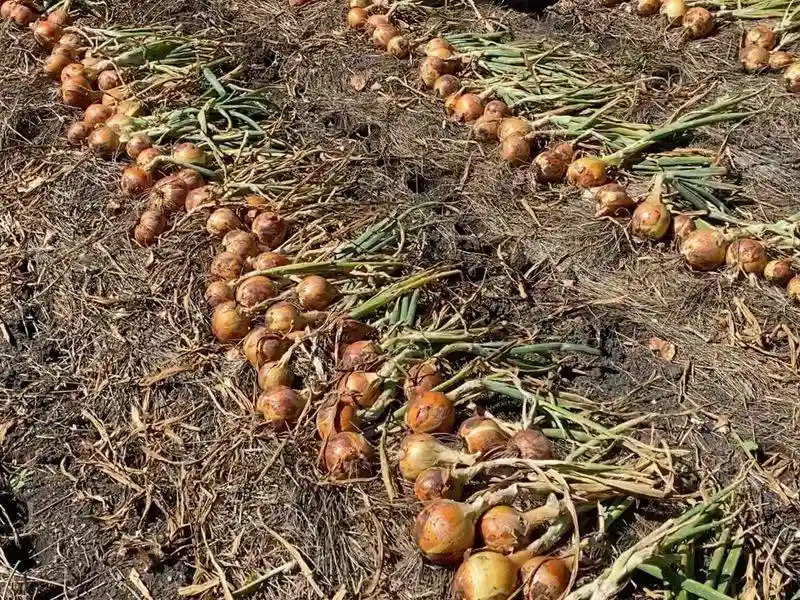
Harvesting red onions at the right time impacts flavor and storage life. Wait until the tops have yellowed and fallen over naturally.
Gently pull onions from the soil, taking care not to bruise them. Brush off excess dirt and let them cure in a dry, airy spot for a few weeks.
Curing enhances flavor and preserves onions for storage. Timing is key; harvesting too early can result in immature bulbs, while too late risks rot.
By mastering the art of harvesting, you ensure that your onions are at their peak in taste and longevity.
Proper Storage Solutions
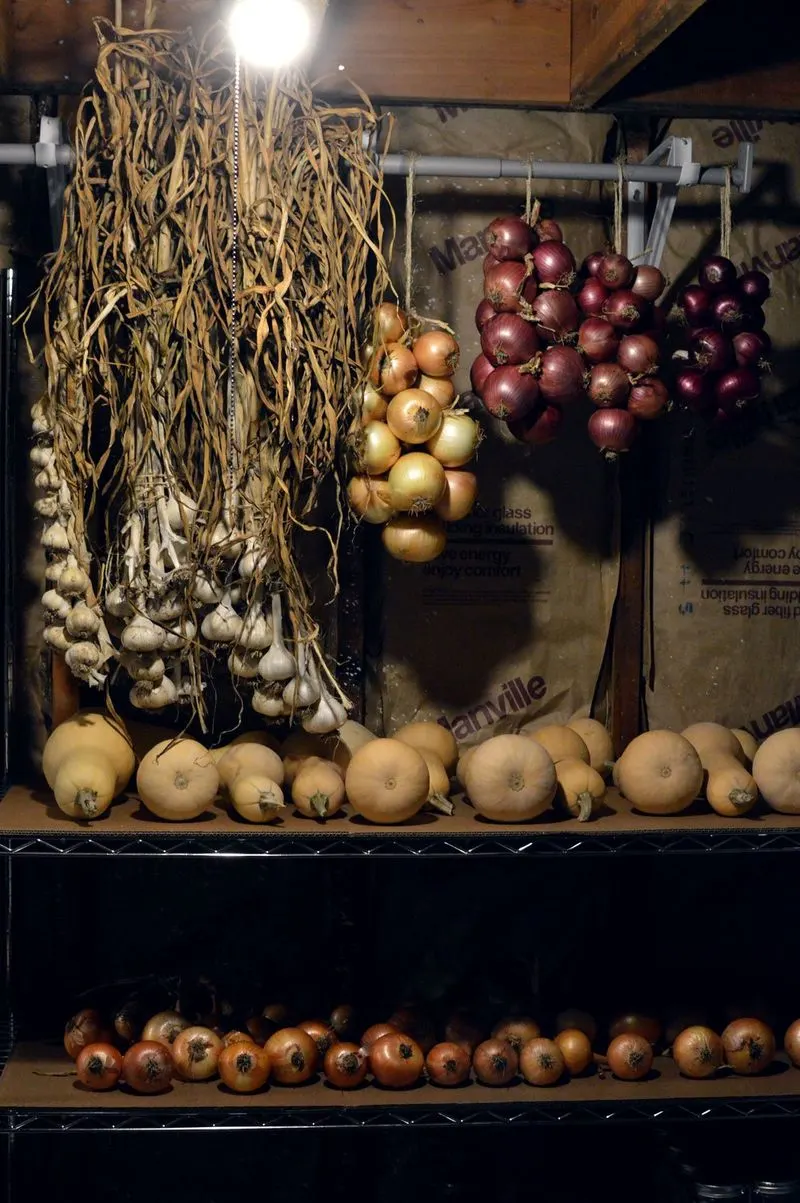
Storing onions correctly prolongs their shelf life and preserves their flavor. Choose a cool, dark place with good air circulation, like a pantry or cellar.
Avoid plastic bags; instead, opt for mesh bags or braid onions for hanging. This method prevents moisture buildup and spoilage.
Regularly check stored onions for signs of decay, removing any affected bulbs promptly. Proper storage maintains onion quality, allowing you to enjoy your homegrown produce long after harvesting.
By employing these storage strategies, you extend the usability of your onions, making the most of your gardening efforts.

